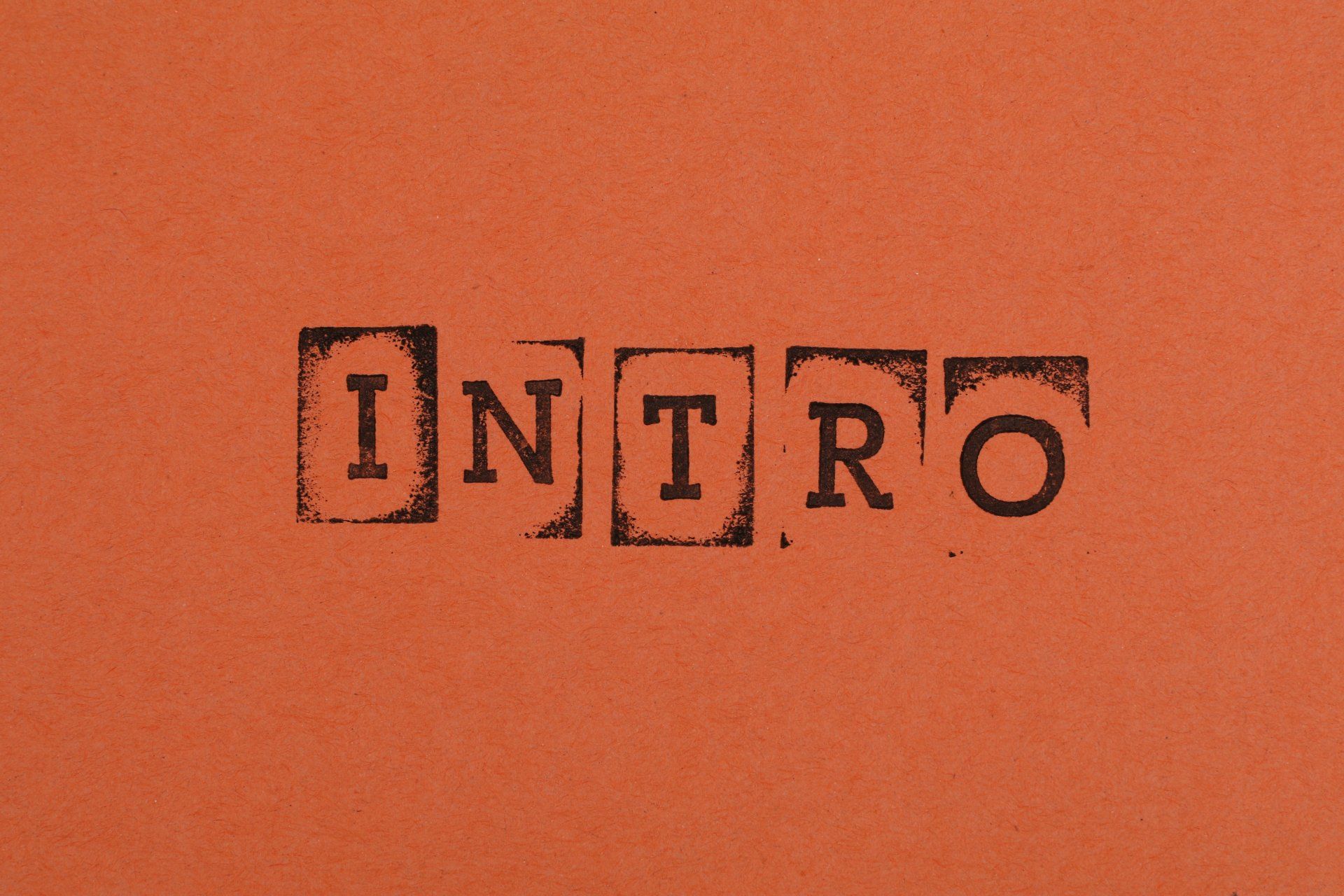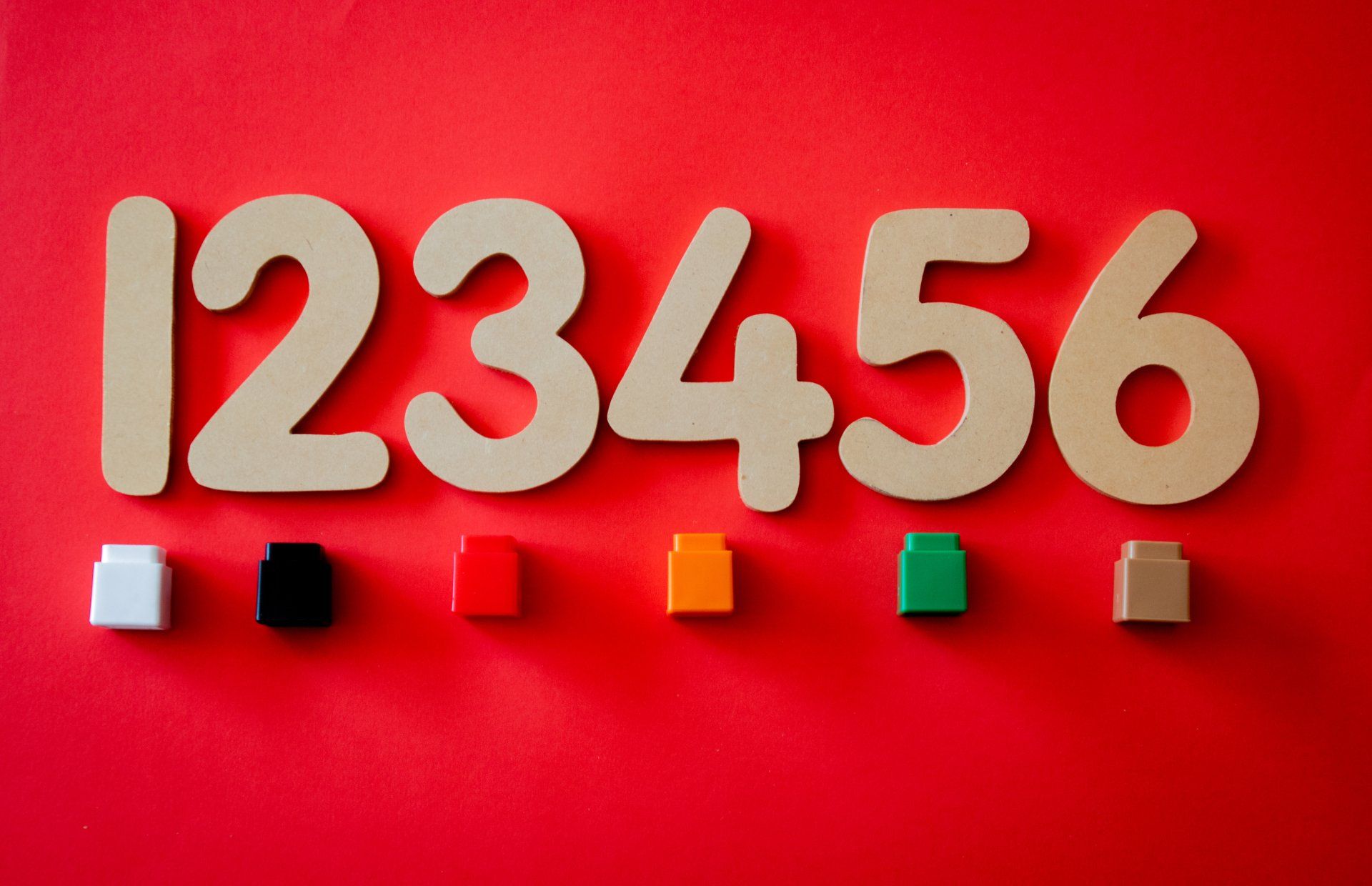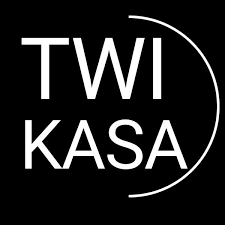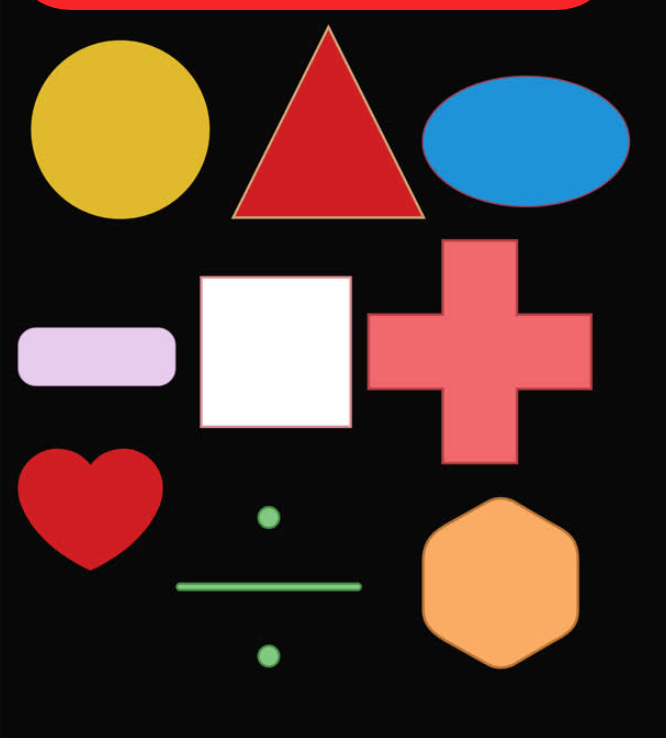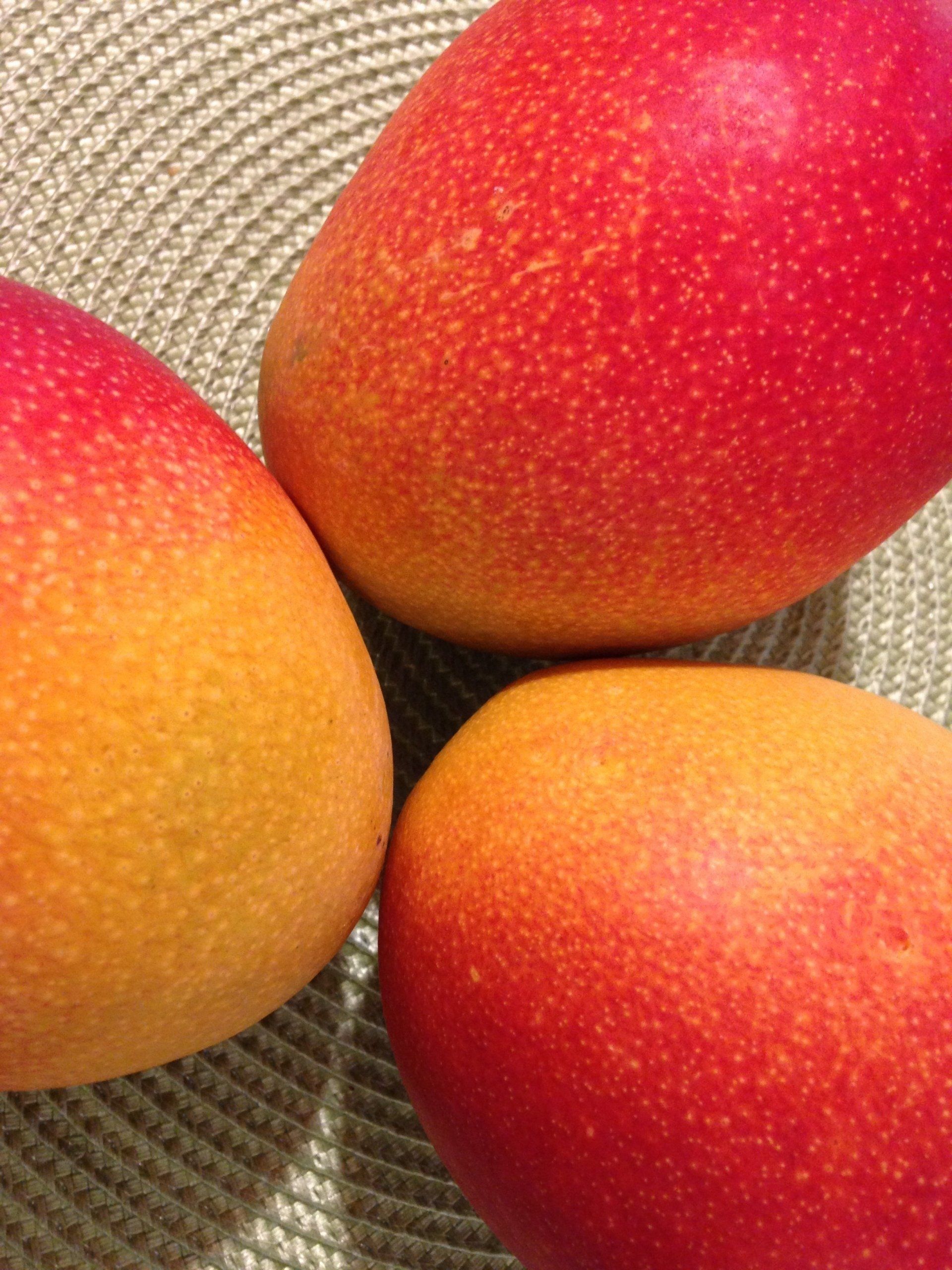By Francis Tuffour
•
January 14, 2024
Welcome to the Twi Numbers Course! Hello and Welcome! Today, we're embarking on an exciting journey into the world of numbers in the Twi language. Whether you're a beginner or looking to refresh your skills, this lesson is designed to make learning Twi numbers both engaging and informative. Introduction Twi, a language rich in culture and history, spoken primarily in Ghana, offers a unique way of counting and understanding numbers. This lesson will introduce you to the basics of Twi numbers, from 1 to a trillion! Learning Objectives Understand and pronounce Twi numbers from 1 to 20. Learn to count in tens, hundreds, thousands, and beyond in Twi. Develop the skill to combine numbers to form complex figures (like 21, 105, or 2,000). Gain familiarity with large numbers in Twi, up to a trillion. Anticipated Learning Outcomes By the end of this lesson, you'll be able to: Confidently count in Twi from 1 to 20. Recognize and pronounce multiples of tens, hundreds, and thousands in Twi. Formulate complex numbers using the basic numerals. Understand and use large numerical values in Twi, including millions and billions. The Lesson Basic Numbers (1-20) Baako - One Mmienu - Two Mmiɛnsa - Three Ɛnan/Nan - Four Enum/Num - Five Ensia/Nsia - Six Ɛnson/Nson - Seven Nwɔtwe - Eight Ɛnkron/Nkron - Nine Edu/Du - Ten 11. Dubaako - Eleven 12. Dummienu - Twelve 13. Dummiɛnsa - Thirteen 14. Dunan - Fourteen 15. Dunum - Fifteen 16. Dunsia - Sixteen 17. Dunson - Seventeen 18. Dunwɔtwe - Eighteen 19. Du nkron - Nineteen 20. Aduonu - Twenty Note: The structure for numbers 11 to 19 follows a pattern: 'Du' (ten) plus the unit number. Counting in Tens and Forming Intermediate Numbers Understand the tens: 30 (Aduasa), 40 (Aduanan), up to 90 (Aduɔkron). Form intermediate numbers by adding the unit to the ten. For example, 21 (Aduonu baako), 34 (Aduanan nan). 21. Aduonu baako - Twenty-one 22. Aduonu mmienu - Twenty-two 23. Aduonu mmiɛnsa - Twenty-three 24. Aduonu nan - Twenty-four 25. Aduonu num - Twenty-five 26. Aduonu nsia - Twenty-six 27. Aduonu nson - Twenty-seven 28. Aduonu nwɔtwe - Twenty-eight 29. Aduonu nkron - Twenty-nine 30. Aduasa - Thirty 40. Aduanan - Forty 41. Aduanan baako-Forty-one 42. Aduanan mmienu-Forty-three 43. Aduanan mmiɛnsa-Forty-three 44. Aduanan nan-Forty-four 45. Aduanan num-Forty-five 46. Aduanan nsia-Forty-six 47.Aduanan nson-Forty-seven 48. Aduanan nwɔtwe-Forty-eight 49. Aduanan nkron-Forty-nine 50. Aduonum - Fifty 51. Aduonum- baako-Fifty-one 52. Aduonum mmienu-Fifty-two 53. Aduonum mmiɛnsa-fifty-three 54. Aduonum nana-Fifty-four 55. Aduonum num-Fifty-five 56. Aduonum nsia-Fifty-six 57. Aduonum nson-Fifty-seven 58. Aduonum nwɔtwe- Fifty-eight 59. Aduonum nkron-Fifty-nine 60. Aduosia - Sixty 61. Aduosia baako-Sixty-one 62. Aduosia mmienu- Sixty-two 63. Aduosia mmiεnsa- Sixty-three 64. Aduosia nan- Sixty-four 65. Aduosia num- Sixty-five 66. Aduosia nsia- Sixty-six 67. Aduosia nson-sixty-seven 68. Aduosia nwɔtwe- Sixty-eight 69. Aduosia nkron- Sixty-nine 70. Aduoson - Seventy 71. Aduoson baako-Seventy-one 72. Aduoson mmienu-Seventy-two 73. Aduoson mmiεnsa-Seventy-three 74. Aduoson nan-Seventy-four 75. Aduoson num-Seventy-five 76. Aduoson nsia-Seventy-six 77. Aduoson nson-Seventy-seven 78. Aduoson nwɔtwe-Seventy-eight 79. Aduoson nkron-Seventy-nine 80. Aduɔwɔtwe - Eighty 81. Aduɔwɔtwe baako- Eighty-one 82. Aduɔwɔtwe mmienu- Eighty-two 83. Aduɔwɔtwe mmiεnsa- Eighty-three 84. Aduɔwɔtwe nan- Eighty-four 85. Aduɔwɔtwe num- Eighty-five 86. Aduɔwɔtwe nsia- Eighty-six 87. Aduɔwɔtwe nson- Eighty-seven 88. Aduɔwɔtwe nwɔtwe- Eighty-eight 89. Aduɔwɔtwe nkron- Eighty-nine 90. Aduɔkron - Ninety 91. Aduɔkron baako- Ninety-one 92. Aduɔkron mmienu- Ninety-two 93. Aduɔkron mmiεnsa- Ninety-three 94. Aduɔkron nan- Ninety-four 95. Aduɔkron num- Ninety-five 96. Aduɔkron nsia- Ninety-six 97. Aduɔkron nson- Ninety-seven 98. Aduɔkron nwɔtwe- Ninety-eight 99. Aduɔkron nkron- Ninety-nine 100. Ɔha - One hundred Hundreds and Beyond 100 (Ɔha), 200 (Ahanu), up to 900 (Ahankron). Formulate numbers like 105 (ɔha ne num) or 950 (Ahankron ne aduɔnso). 101 ɔha ne baako -one hundred and one 102 ɔha ne mmienu - one hundred and two 103 ɔha ne mmiɛnsa - one hundred and three 104 ɔha ne nan - one hundred and four 105 ɔha ne num - one hundred and five 106 ɔha ne nsia - one hundred and six 107 ɔha ne nson - one hundred and seven 108 ɔha ne nwɔtwe - one hundred and eight 109 ɔha ne nkron - one hundred and nine 110 ɔha ne du - one hundred and ten Hundreds to thousand 100 ɔha - one hundred 200 ahanu - two hundred 300 ahasa - three hundred 400 ahanan - four hundred 500 ahanum - five hundred 600 ahansia - six hundred 700 ahanson - seven hundred 800 ahanwɔtwe - eight hundred 900 ahankron - nine hundred 1,000 apem - one thousand 1,001 apem ne baako one thousand and one 1,002 apem ne mmienu one thousand and two 1,003 apem ne mmiɛnsa one thousand and three 1,004 apem ne nan one thousand and four 1,005 apem ne num one thousand and five 1,006 apem ne nsia one thousand and six 1,007 apem ne nson one thousand and seven 1,008 apem ne nwɔtwe one thousand and eight 1,009 apem ne nkron one thousand and nine 1,010 apem ne du one thousand and ten 1,011 apem ne dubaako one thousand and eleven 1,012 apem ne dumienu one thousand and twelve 1,013 apem ne dumiɛnsa one thousand and thirteen 1,014 apem ne dunan one thousand and fourteen 1,015 apem ne dunum one thousand and fifteen 1,016 apem ne dunsia one thousand and sixteen 1,017 apem ne dunson one thousand and seventeen 1,018 apem ne dunwɔtwe one thousand and eighteen 1,019 apem ne dunkron one thousand and nineteen 1,020 apem ne aduonu one thousand and twenty 1,021 apem ne aduonu baako one thousand and twenty-one 1,022 apem ne aduonu mmienu one thousand and twenty-two 1,023 apem ne aduonu mmiɛnsa one thousand and twenty-three 1,024 apem ne aduonu nan one thousand and twenty-four 1,025 apem ne aduonu num one thousand and twenty-five 1,026 apem ne aduonu nsia one thousand and twenty-six 1,027 apem ne aduonu nson one thousand and twenty-seven 1,028 apem ne aduonu nwɔtwe one thousand and twenty-eight 1,029 apem ne aduonu nkron one thousand and twenty-nine 1,030 apem ne aduasa one thousand and thirty 1,040 apem ne aduanan one thousand and forty 1,050 apem ne aduonum one thousand and fifty 1,060 apem ne aduosia one thousand and sixty 1,070 apem ne aduɔson one thousand and seventy 1,080 apem ne aduɔwɔtwe one thousand and eighty 1,090 apem ne aduɔkron one thousand and ninety 1,100 apem ne ɔha one thousand one hundred 1,200 apem ne ahanu one thousand two hundred 1,300 apem ne ahasa one thousand three hundred 1,400 apem ne ahanan one thousand four hundred 1,500 apem ne ahanum one thousand five hundred 1,600 apem ne ahansia one thousand six hundred 1,700 apem ne ahanson one thousand seven hundred 1,800 apem ne ahanwɔtwe one thousand eight hundred 1,900 apem ne ahankron one thousand nine hundred 2,000 mpem mmienu/mpenu two thousand 1,000 apem one thousand 2,000 mpem mmienu/mpenu two thousand 3,000 mpem mmiɛnsa three thousand 4,000 mpem nan four thousand 5,000 mpem num five thousand 6,000 mpem nsia six thousand 7,000 mpem nson seven thousand 8,000 mpem nwɔtwe eight thousand 9,000 mpem nkron nine thousand 10,000 mpem du ten thousand 10,000 mpem du ten thousand 20,000 mpem aduonu twenty thousand 30,000 mpem aduasa thirty thousand 40,000 mpem aduanan forty thousand 50,000 mpem aduonum fifty thousand 60,000 mpem aduosia sixty thousand 70,000 mpem aduɔson seventy thousand 80,000 mpem aduɔwɔtwe eighty thousand 90,000 mpem aduɔkron ninety thousand 100,000 mpem ɔha one hundred thousand 100,000 mpem ɔha one hundred thousand 200,000 mpem ahanu two hundred thousand 300,000 mpem ahasa three hundred thousand 400,000 mpem ahanan four hundred thousand 500,000 mpem ahanum five hundred thousand 600,000 mpem ahansia six hundred thousand 700,000 mpem ahanson seven hundred thousand 800,000 mpem ahanwɔtwe eight hundred thousand 900,000 mpem ahankron nine hundred thousand 1,000,000 ɔpepem one million Large Numbers: Millions to Trillion 1,000,000 ɔpepem one million 2,000,000 ɔpepem mmienu two million 3,000,000 ɔpepem mmiɛnsa three million 4,000,000 ɔpepem nan four million 5,000,000 ɔpepem num five million 6,000,000 ɔpepem nsia six million 7,000,000 ɔpepem nson seven million 8,000,000 ɔpepem nwɔtwe eight million 9,000,000 ɔpepem nkron nine million 10,000,000 ɔpepem du ten million 20,000,000 ɔpepem aduonu twenty million 30,000,000 ɔpepem aduasa thirty million 40,000,000 ɔpepem aduanan forty million 50,000,000 ɔpepem aduonum fifty million 60,000,000 ɔpepem aduosia sixty million 70,000,000 ɔpepem aduɔson seventy million 80,000,000 ɔpepem aduɔwɔtwe eighty million 90,000,000 ɔpepem aduɔkron ninety million 100,000,000 ɔpepem ɔha one hundred million 200,000,000 ɔpepem ahanu two hundred million 300,000,000 ɔpepem ahasa three hundred million 400,000,000 ɔpepem ahanan four hundred million 500,000,000 ɔpepem ahanum five hundred million 600,000,000 ɔpepem ahansia six hundred million 700,000,000 ɔpepem ahanson seven hundred million 800,000,000 ɔpepem ahanwɔtwe eight hundred million 900,000,000 ɔpepem ahankron nine hundred million 1,000,000,000 ɔpepepem one billion Billion and Beyond 1,000,000,000,000 Ɔpepepepem (Trillion) Conclusion Woayɛ adeɛ papa! (You’ve done a great job!) You've just completed a thorough and comprehensive lesson on Twi numbers. This knowledge is not just about counting; it's a doorway to better communication and understanding of the Twi-speaking world. Keep practicing, and soon you'll be counting and conversing in Twi with ease and confidence. Keep up the fantastic work, and remember, each number you learn is a step closer to fluency in Twi!



